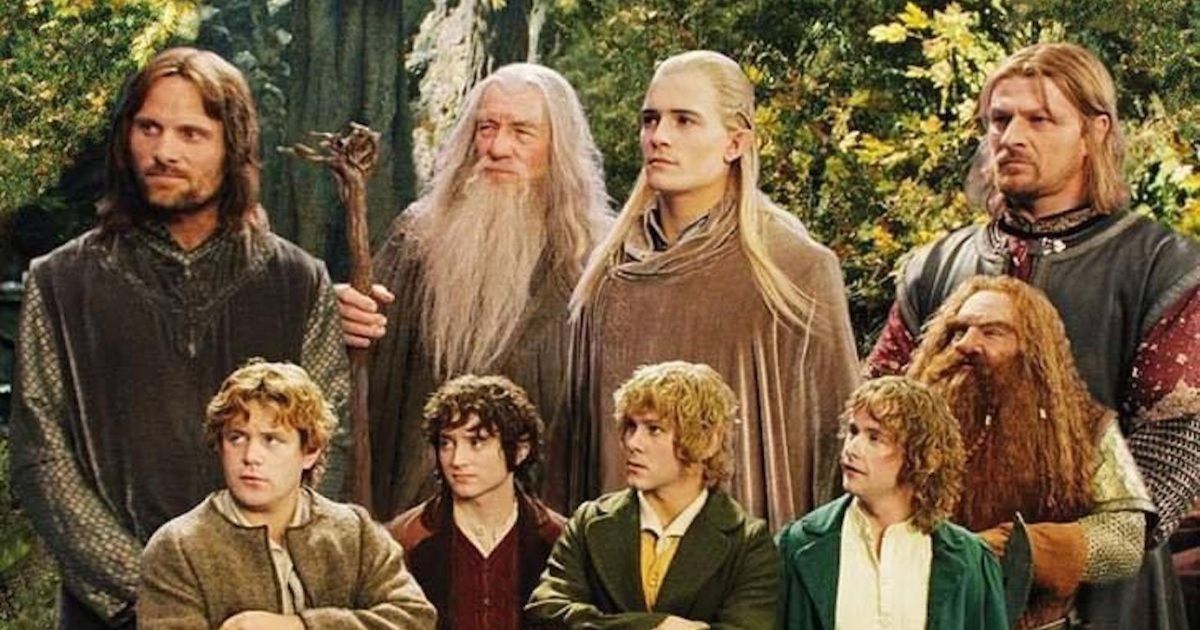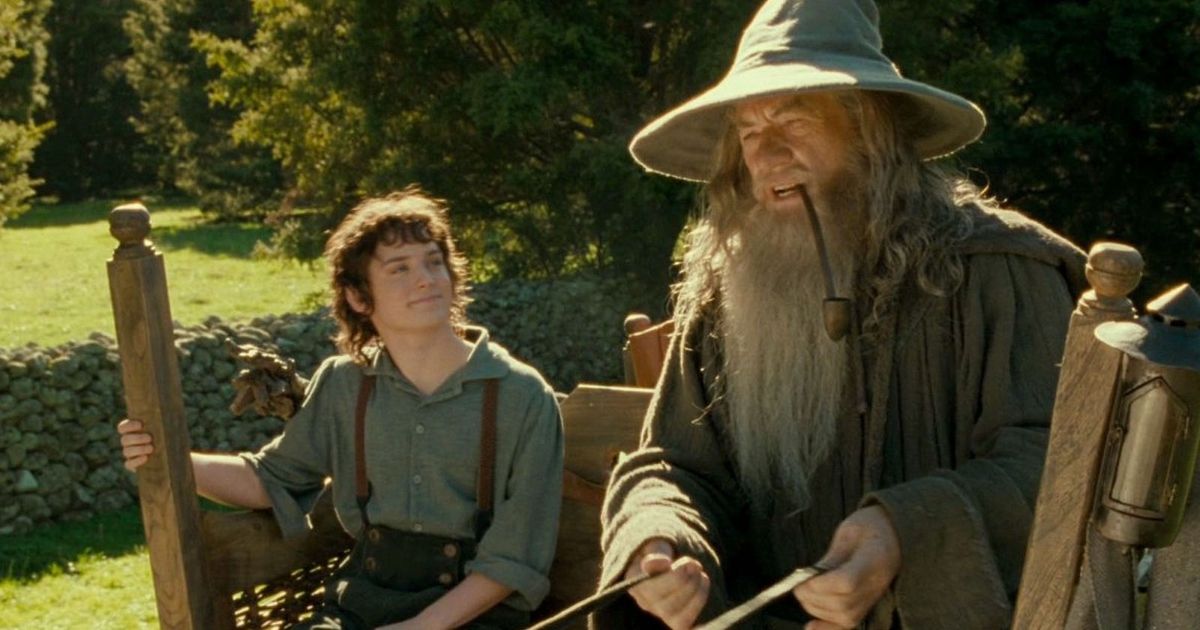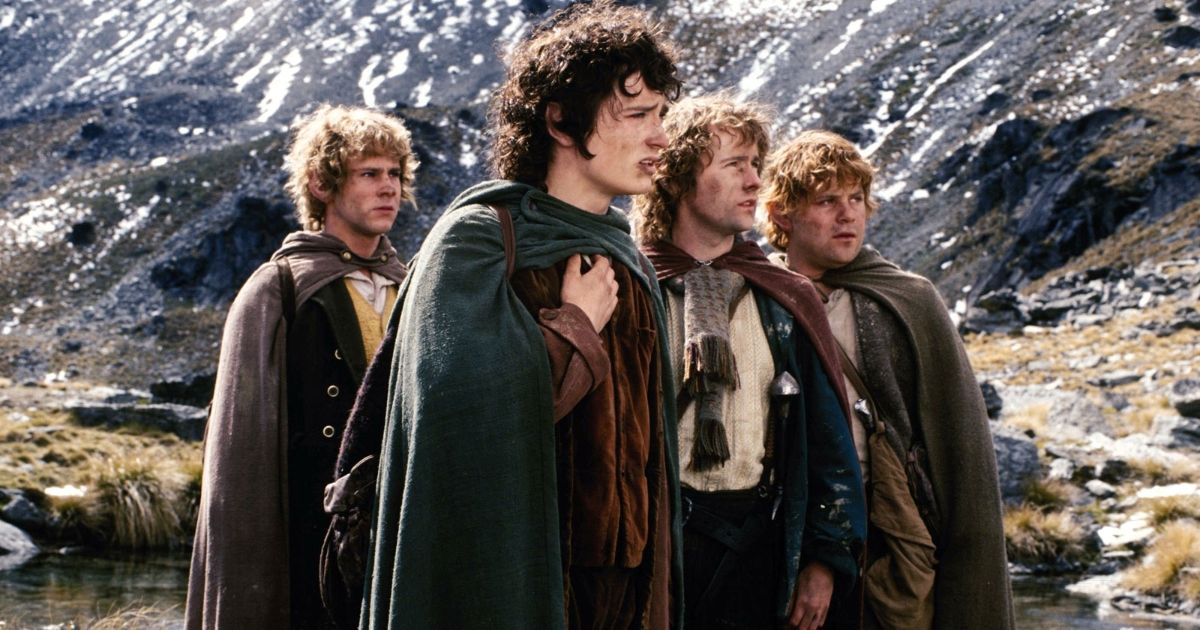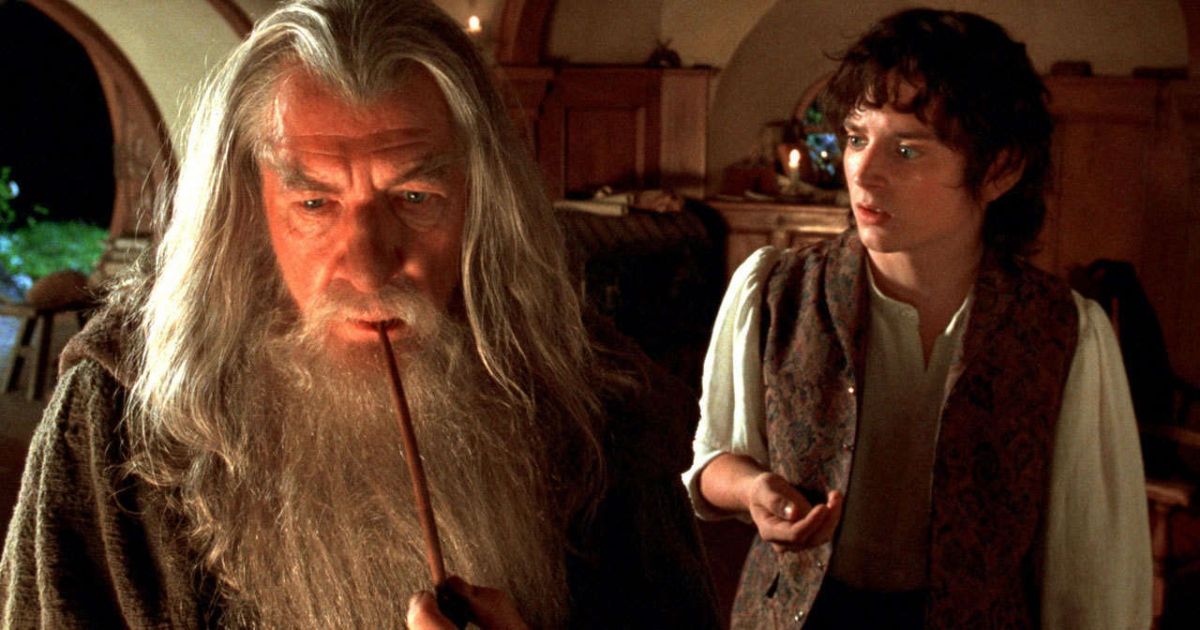In the world of movies, there is an element of magic no matter the genre. Entire galaxies created in studios, special effects makeup creating monsters, and incredible editors making a simple green screen turn into anything imaginable. One of the biggest trilogies of all time utilized all of these bits of movie magic and more: Peter Jackson’s The Lord of the Rings trilogy. Jackson's adaptations of J.R.R. Tolkien's novels are known for its grandeur and huge production scale, accomplishing incredible film feats and gaining a massive fan base, as well as history-making Academy Awards recognition along the way.
With all the techniques of creating and filming giant elephants, Orcs, and Ringwraiths, there was also the ever-constant battle of filming the main characters The Hobbits, specifically their heigh differences in comparison to other characters. Standing at an average of 3-feet-6-inches, these characters are among the smallest of the creatures on Middle-earth, but their actors, of course, were not. So, how were the Hobbits able to stand next to a dwarf, an elf, a half-human, and a wizard and still maintain their 3-foot stature? Here is how Peter Jackson filmed the Hobbits' height difference throughout the Lord of the Rings trilogy.
Filming with Forced Perspective
A well-used film technique for any movie is that of forced perspective. More commonly known as a sort of optical illusion, forced perspective is when a character or item is pulled forwards or backwards in a frame to make it look either bigger or smaller compared to what is surrounding it. Often used with buildings or landscapes, Jackson used this filming technique for the Hobbits in Lord of the Rings. In scenes when the Hobbits and another human-sized creature are in a scene together, and they are both conversing, the actors who portrayed the Hobbits were often much closer to the camera than their scene partner. One of the most well known examples of this was for the scene in which both Frodo and Gandalf are in a wagon together. The art department actually created a wagon that would hold Frodo (Elijah Wood) at a closer point than Gandalf (Ian McKellen) so that the forced perspective could be a fixed point. This same technique was also popularized in Will Ferrell's Christmas comedy Elf, specifically in the scene where his character Buddy sat next to the real elves in the workshop.
Using Baggy Costumes
Another technique Jackson used to make his actors seem three feet tall was utilizing the costume department. Ngila Dickson, the costume designer on the three Lord of the Rings movies, intentionally created the Hobbits' costumes to be baggy. With pants that hid the knees of the actors, and long shirts, she created a silhouette that made the characters look smaller, hiding the actors' true heights within the folds and creases of the costume. The four main Hobbits also wore cloaks for most of the journey, which helped to hide their height and ultimately created the illusion of making their characters look short. This was also utilized to cover legs or any limb that was too long that a Hobbit wouldn't have.
Stand-Ins and To-Scale Mannequins
One of the most commonly used filming techniques in any movie are the use of stand-ins. These are the people that have the exact same hair color and head shape as the leads, and are utilized for over the shoulder shot or scenes where the character's face is not in the frame. It helps cut back on how many days actors are scheduled to shoot for, or how long their day is, or for efficiency. For example: a scene could be taking place with a stand-in while the lead actor is in the hair and makeup trailer getting ready for the next on-camera scene.
In the cast of the Hobbits in Lord of the Rings, Jackson cast stand-ins that were the around the actual height of the Hobbits. Another method they used, commonly for Gimili the Dwarf, was creating to-scale mannequins to hold their place in a wide shot, or when the characters were not needed to move. These mannequins were created, molded, and then dressed to look just like the actors and their respective characters.




